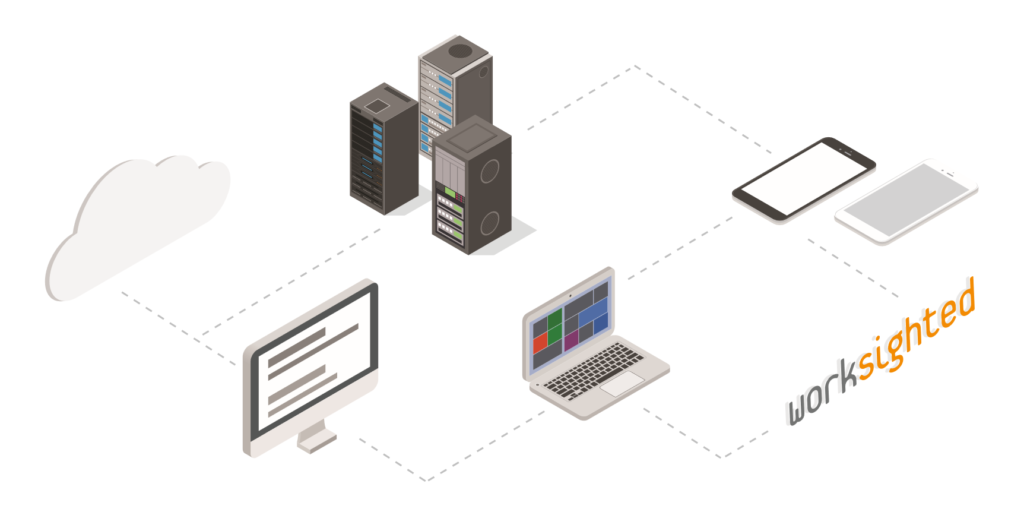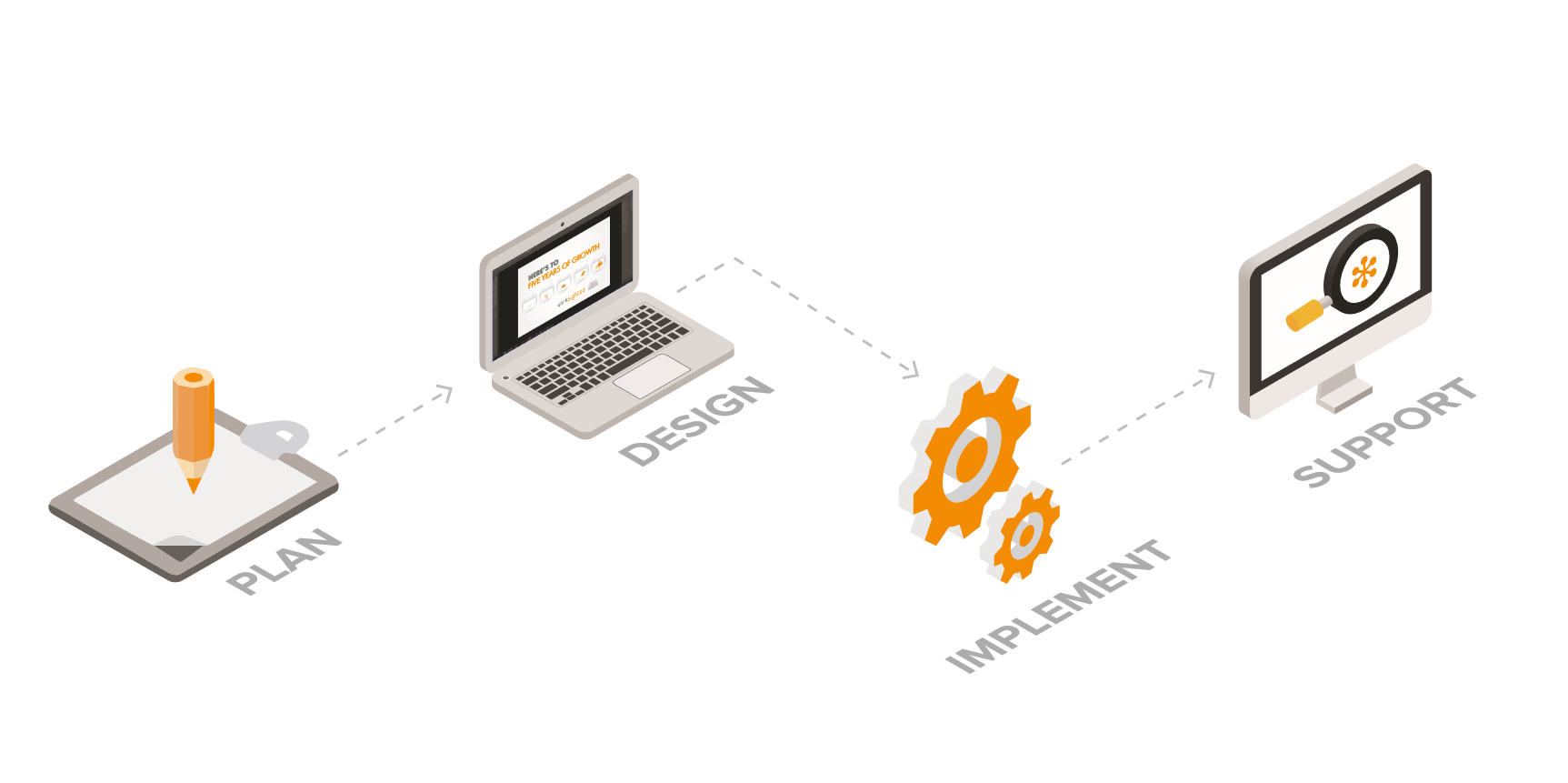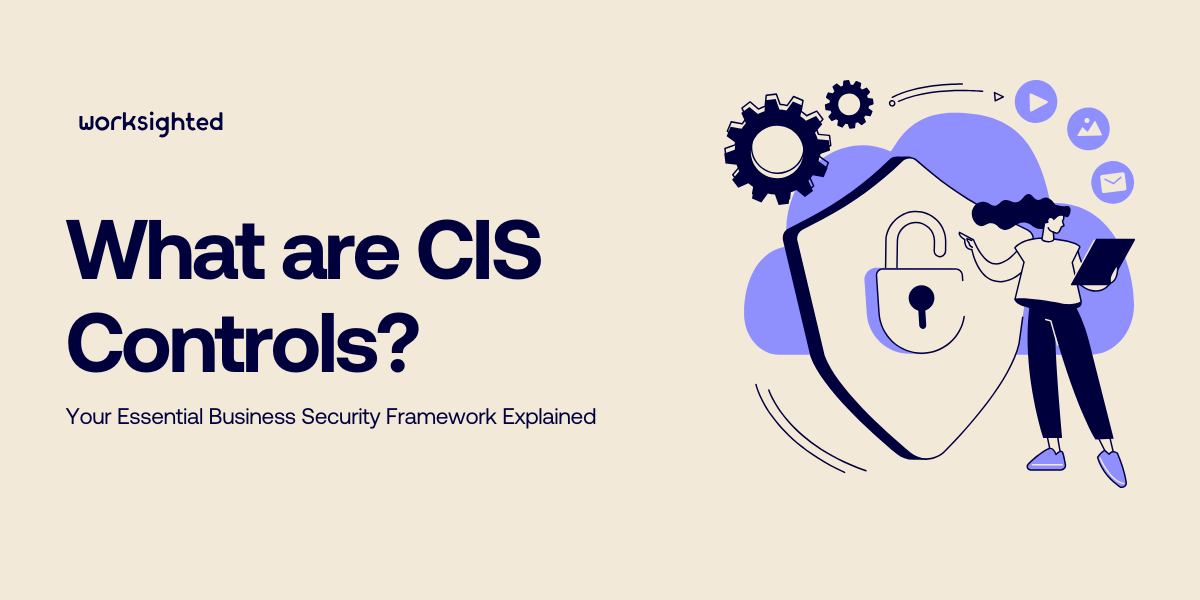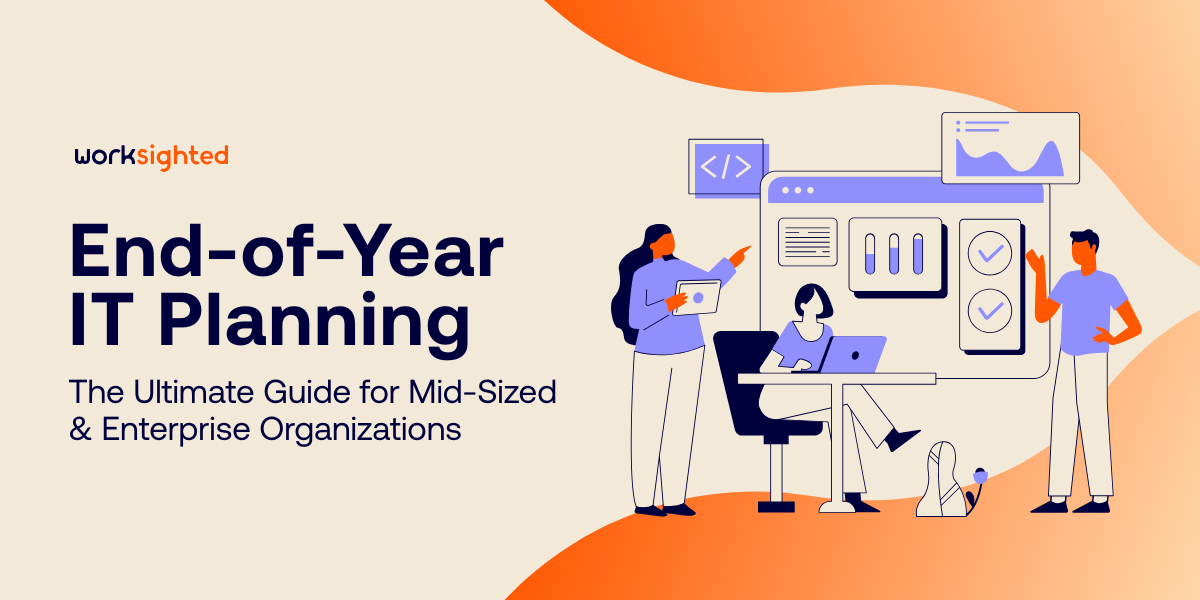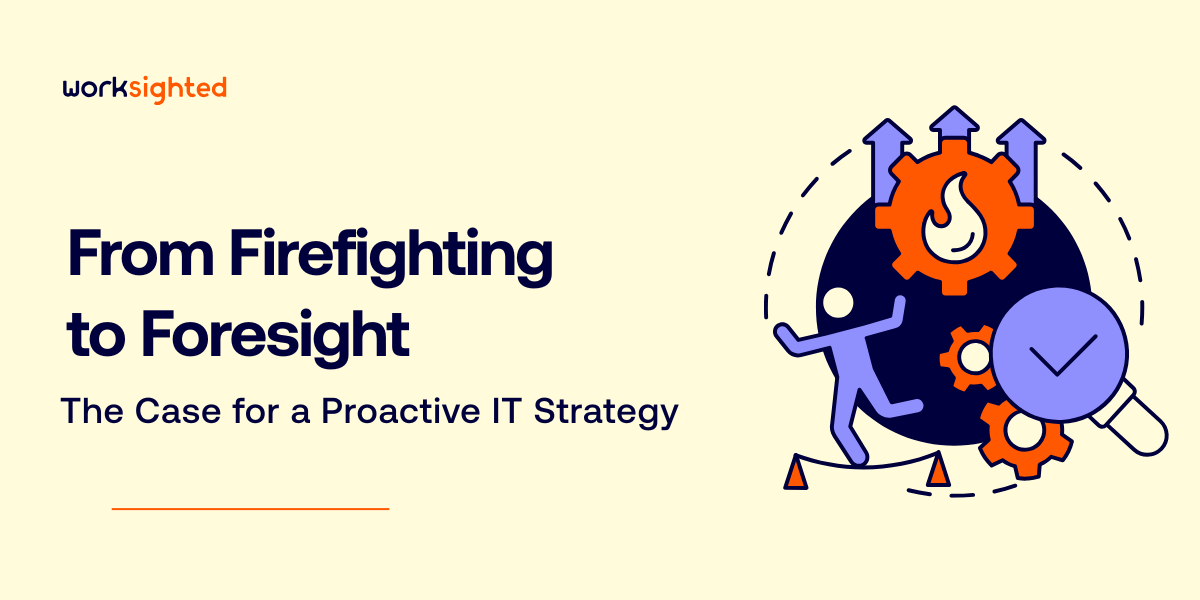Weighing up the Pros and Cons of vCIO Services

In the age of digital transformation, technology, servers, and even job roles are being virtualized. This new kind of job role is gaining traction as a cost-effective way to provide smaller companies with the senior experience and expertise of an executive role like the CEO, CTO, or CIO.
Today, we’ll be covering the latter to help you decide whether vCIO services might be right for your company. To do that, it helps to know the role inside out.
The Chief Information Officer (CIO) is the most senior technology executive inside an organization, responsible for leading the technology strategy for the company. To do this effectively, they need to connect the IT department successfully and consistently with the rest of the business.
But a senior role like this comes at a price. The average wage of a CIO in the U.S. in 2018 ranges from $170,500 to $297,000. A vCIO performs the same core functions—from planning the IT budgets to reworking processes and projecting and implementing digital change—remotely, avoiding the “six-figure salary” associated with the conventional CIO role.
Large enterprises likely already have CIOs in place, who are well-integrated within the business and its operations. Small to medium-sized enterprises, however, often can’t afford a full-time CIO in house, even if they can benefit more from a digital strategy as they look to grow. vCIO services fit neatly within the flexible infrastructure of the cloud, where most modern SMEs already operate.
In this post, we’ll weigh up the positives and negatives of vCIO services to see if it’s right for your business.
vCIO services: the pros
Cost savings
Virtualizing your CIO role negates the costs that come with finding, hiring, and onboarding an in-house role. Many companies will opt to promote from within for this reason, but it can take time for them to become accustomed to a senior role, and it may not work at all. vCIO services employ the expertise of someone with executive level experience, who just needs to get to know your company before they can start making an impact.
Dedicated effort
Many companies don’t need a full-time CIO or don’t see enough (or any) return on investment in hiring one. But every company should be aiming to improve its IT strategy. And that requires more than finding some spare hours in the week to think about what new technology to deploy. A vCIO can dedicate their full attention to your company’s IT strategy: planning the budget and tech roadmap, exploring or monitoring a cloud migration, running compliance assessments—working as much or as little as you need them to.
Improved security and recovery
vCIO services can provide the proper attention to security and disaster recovery plans, which companies often only consider in the event of a worst-case scenario (at which point it’s often too late). A vCIO works with your organization’s best interests in mind, analyzing strengths, weaknesses, and threats to your IT environment.
Around-the-clock assistance
Unlike the conventional CIO, a vCIO can be a team of experts and consultants that give you combined knowledge across several experiences, and greater points of contact should you need assistance or advice.
vCIO services: the cons
Not the right fit
If you already have a CIO in place, it will be a harder decision to replace them with a vCIO. Likewise, if your company isn’t looking to digitally transform or build a long-term plan for how technology can support the business, now might not be the right time for vCIO services.
Change takes time
Just like hiring a physical CIO, you must allow for a grace period. vCIO services can provide your company with a trusted source of knowledge regarding your technology set-up, but it’s not instantaneous. Hiring a virtual CIO will require patience as they get to know your company and how it works.
Remote working
Dealing with your CIO remotely could mean working around various different time zones and working hours, which can be avoided by choosing a ‘local’ vCIO. As mentioned, some vCIO services need the expertise of multiple people to provide round-the-clock assistance.
Remote working part II
While remote working is becoming more accepted and even encouraged, some employees will still prefer to work ‘face-to-face’ on projects, especially if executive decisions need to be made. These workers may, therefore, view vCIO services as a ‘loose connection’ between IT and the business. Providing your vCIO keeps communication paramount, this shouldn’t be a detriment to the business.
Where to start with your vCIO services:
Working as a valued member of your executive management team, a vCIO can quickly become a trusted resource to lean on and reduce overheads compared to hiring an in-house CIO. The only difference is, they don’t operate within the walls of your business!
That means your vCIO should come from somewhere you can trust. Worksighted provides vCIO services that revolve around your challenges, goals, and values, acknowledging the makeup of your business to provide the help you need, only when you need it.
Worksighted vCIO services include:
- IT Business Roadmapping
- IT Budget Planning
- Continuity & Disaster Recovery Planning
- Compliance Assessments
- Data Security Reviews
- Cloud Migration
